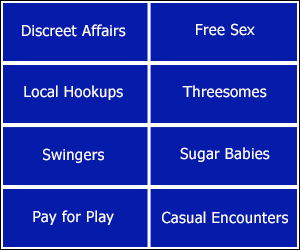I can’t tell you how many detractors I’ve had regarding this topic since the summer of 2022, mainly SkiDumb, Mark, and Rickyboi. Feels great to have some vindication from Forbes backing me up on this topic using pure analysis, in spite of the parsing words from the Federal Reserve and Larry Summers. Will I ever get the credit? Only intelligent people will understand the corrective predictive analysis and tip their hats to me saying “I told you so”! Some text from the article as follows…
Consider the following three sentences — all taken from a single 250-word article in Friday’s Financial Times (January 27, 2023) reporting on the release this week of the Personal Consumption Expenditure Price Index (PCE) for December. “US stocks waver as inflation edges higher.” “US consumer spending softened in December even as inflation eased.” “Headline inflation fell to its lowest level in more than a year in December.”
The truth is that today’s PCE figure confirms that the post-pandemic inflationary episode which has bedeviled economists and markets for the past 18 months or so… is over. Definitively.


And more text from the Forbes article (yes SkiDumb will think it’s an Apple News article)
Fed was late in detecting inflation, and it will be late to respond to the end of the cycle. This risks feeding a pro-cyclical impetus into the real economy’s slowdown and, potentially, bringing on the recession that many fear. Let’s do the numbers. Too Many Metrics The first problem is — there are too many numbers to choose from. To start with, every month the federal government publishes two “headline” inflation numbers. The Bureau of Labor Statistics (a branch of the Depart of Labor) releases the Consumer Price Index (CPI) typically around the 12th of the month, and the Bureau of Economic Analysis (part of the Department of Commerce) publishes the Personal Consumption Expenditure Index (PCE) about two weeks later.